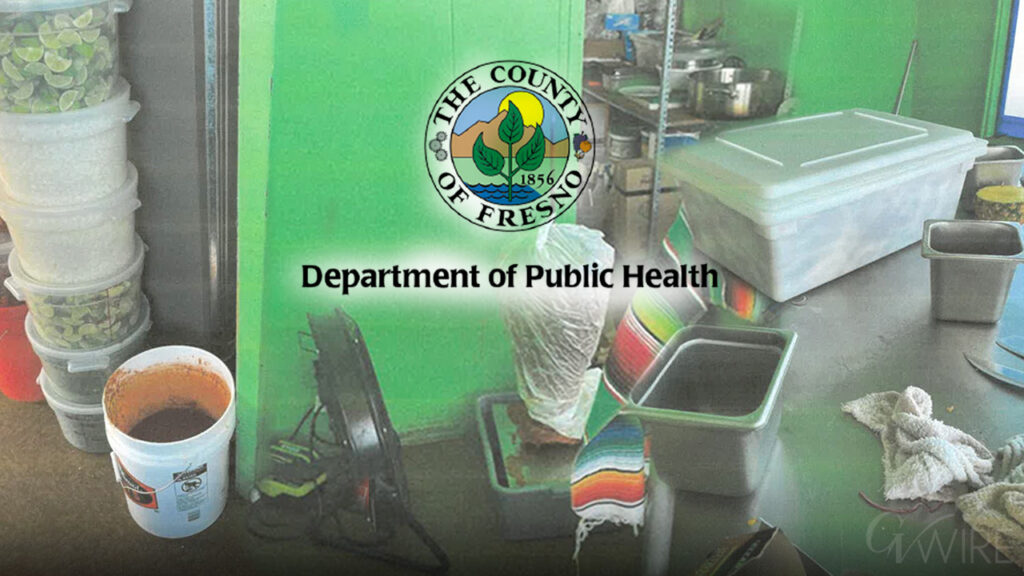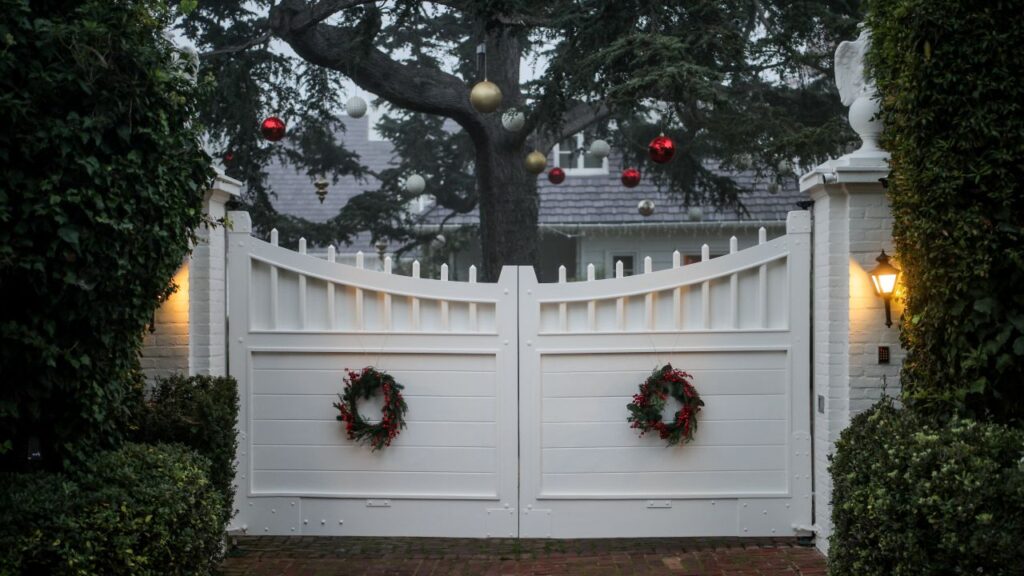Share
The beating heart of California’s massive system of capturing, storing and distributing water is the Sacramento-San Joaquin Delta.
Water flows into the West’s largest estuary from the Sacramento, San Joaquin and several lesser rivers that drain the state’s mountain chains on its northern and eastern edges.

Dan Walters
Opinion
Accordingly, the Delta is also the center of more than a half-century of often bitter political, legal and financial conflict, generally pitting environmental groups who want to curb Delta diversions against farmers who use most of the Delta’s water, with municipal water interests more or less caught in the middle.
During his first governorship four-plus decades ago, Jerry Brown tried to build a “peripheral canal” that would have carried Sacramento River water around the Delta. He got it through the Legislature, only to see it defeated in a referendum.
A Premature Declaration of Victory
In the 1990s, Bruce Babbitt, the former Democratic governor of Arizona who had become interior secretary in the Clinton administration, attempted to mediate the conflicts with Republican Gov. Pete Wilson’s blessing, and seemed to succeed. “Peace has broken out amid the water wars,” Wilson said at the time.
It was a premature declaration of victory and Wilson’s successor, a notoriously risk-averse Democrat, Gray Davis, stood aside as the conflict continued to simmer, mostly in federal courts.
Republican Gov. Arnold Schwarzenegger tried to revive the peripheral canal as twin tunnels beneath the Delta, which Brown, in his second governorship, enthusiastically embraced.
Brown also brought back Babbitt as a mediator and bequeathed to successor Gavin Newsom the beginnings of a peace process through “voluntary agreements.” Newsom continued to pursue it, even vetoing a bill, Senate Bill 1, that would have locked Obama administration environmental rules into state law after water interests and Sen. Dianne Feinstein warned that it would torpedo the negotiations.
Last week, Newsom unveiled a compromise framework that would enhance flows through the Delta by up to 900,000 acre-feet a year and restore 60,000 acres of habitat for wildlife, particularly salmon, facing decline or even extinction due to the diversions.
“Today, my administration is proposing a path forward, one that will move past the old water binaries and set us up for a secure and prosperous water future,” Newsom wrote in CalMatters.

Why Might Newsom Succeed Where Others Have Failed?
The framework is just that. Many details remain to be nailed down, and it also would need the approval of various state and federal agencies. But it’s progress.
One factor is that farmers have seen their political clout wane in an increasingly blue state. They also face threats by the State Water Resources Control Board to order permanent cuts in agricultural water and the newly enacted regulation of groundwater that lessens their ability to tap underground aquifers during droughts.
Newsom’s shrinkage of the twin Delta tunnels to a single tunnel also plays a role, along with progress on a large new reservoir, called Sites, on the west side of the Sacramento Valley. It’s intended to capture more runoff on the assumption that climate change will lessen the mountain snowpacks that feed water into the Delta.
“Inaction, recalcitrance, and adherence to the status-quo puts our water future at risk,” Newsom wrote. “The alternative to the voluntary agreements is a contentious regulatory process that will take many years and require adjudicating a thicket of litigation in every direction before restoring river flows.”
CalMatters is a public interest journalism venture committed to explaining how California’s state Capitol works and why it matters. For more stories by Dan Walters, go to calmatters.org/commentary.
[activecampaign form=31]


















